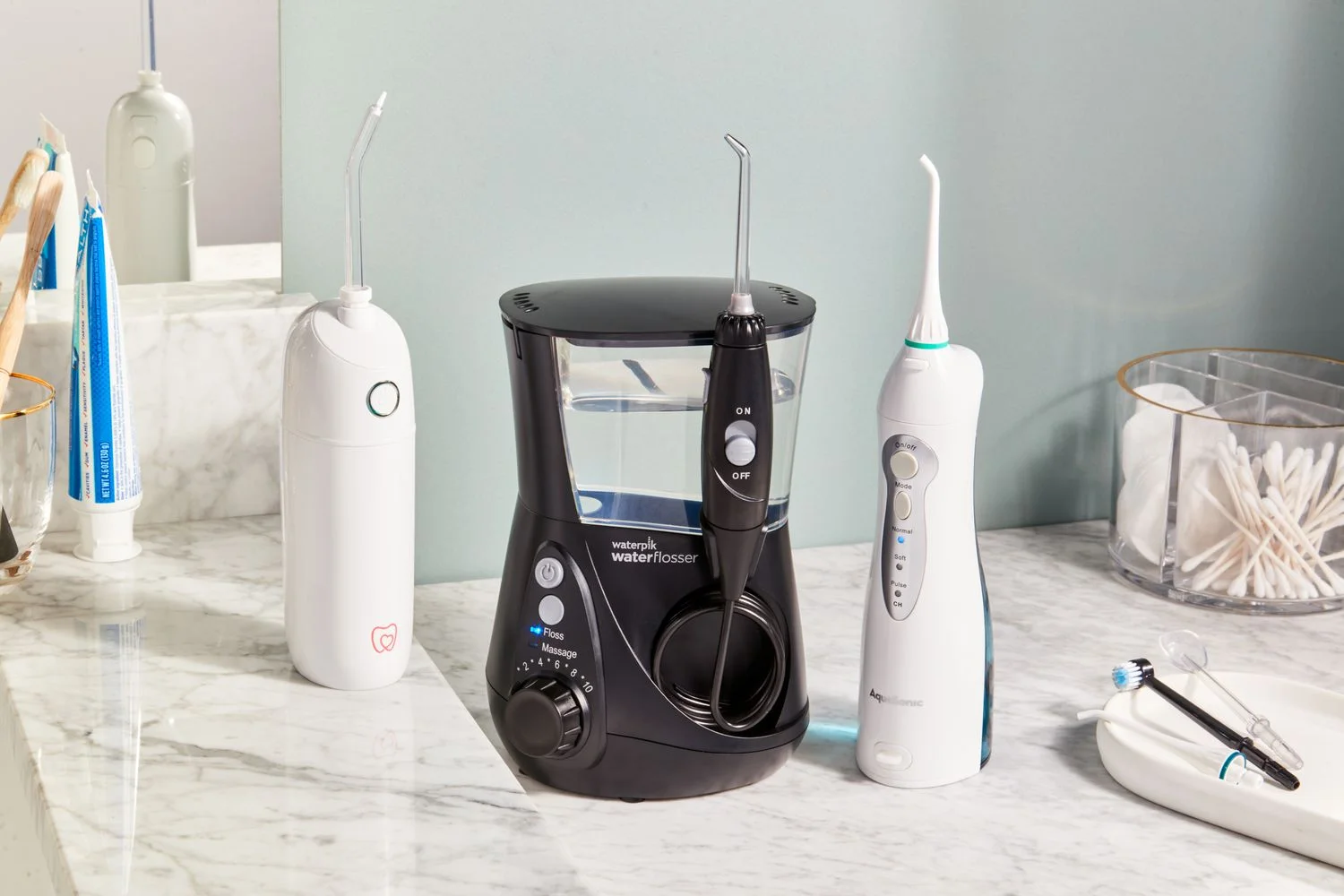Food packaging includes bottles, cans, jars, and bags. Every day there is news about companies setting ambitious sustainable packaging goals in areas such as recycled content and recyclability.

At an all-time high, companies are making an effort to meet sustainable regulations, respond to public appeal over ocean plastic pollution, and sign on to global commitments such as the New Plastics Economy. Many of the goals are an effort to revise past obligations which were not ambitious enough to respond to increased demands for packaging sustainability.
According to research done for the Goals Database, 86 percent of companies surveyed have either concrete goals of support that address one or more sustainable packaging concepts.
Some goals include recyclability, responsible fiber sourcing, eliminating unfavorable materials, material and volume efficiency, and using recycled content and renewable materials. We need to ground ourselves and ask why companies such as https://www.plastechgroup.com/, should have goals. There are several reasons why they should create sustainable packaging goals. They range from economic to social and moral drivers. There are four reasons companies should set goals.
1. Setting and working toward sustainable packaging goals can help you get ahead of regulation. For example, European Union requires companies to comply with legislation. There are also some legislative requirements in Canada. While a few states use policy to impact change in packaging, we see a more significant presence of cities and municipalities using the regulation.
2. Companies need to be proactive against reputational risk and lose the social license. They serve you well to say that you have a goal for a reliable fiber source to demonstrate your commitment to preventing and removing deforestation from your supply chain. It’s worth saying that your company has been working on ways to improve plastic packaging in the form of a corporate commitment if you know that people think single-use plastics are harmful.
3. The market is being driven by younger generations that are buying more and more. Almost 40% of respondents in the most recent survey stated that the goal of business should be to improve society. More engagement of consumers with brands on social media and a demand for transparency directly impacts packaging. Companies cannot thrive in a world of environmental, economic, and social instability. These risks threaten supply chains and stable markets for future growth, according to companies and investors.
4. A critical reason for developing sustainable packaging goals is to save the planet, be ethical and do the right thing. Climate change impacts and the availability of resources that affect this and future generations are threats to business and society. The future of the planet is positively affected by forward-looking corporations.
Companies that have goals are more likely to succeed in achieving them.
What are the company’s objectives?
Table of Contents
One hundred brands and retailers have goals and statements of interest in the Goals Database. About half of the entries in the database are commitments to more sustainable packaging, while the other half are commitments to sustainability made at the company level.
More specific to packaging is what sustainable packaging goals are about. They have plans relating to recyclability, responsible fiber sources, eliminating unfavorable materials, using recycled content, and renewable materials.
Activating goals
Most companies publicly commit to making their packaging more sustainable. Great! How can you develop a plan to accomplish these goals?
Setting goals is a critical first step, but we need to ensure that companies’ commitments to sustainable packaging are not just promotional and instead focus on execution. What could we do to move the conversation from aspiration to impact?
Depending on their corporate culture, different strategies are used for other goals. Success stories are out there, but many industries are just beginning to understand how to implement sustainable packaging goals.
The recycled content category, which refers to using or increasing the number of recycled materials in packaging/reducing virgin materials used, was the most popular category under the sourcing umbrella. Several factors affect the feasibility of incorporating recycled content into various packaging applications.
Companies can use high levels of recycled fiber or plastic if their performance and aesthetic specifications allow it. There are many examples in the Design for Recycled Content Guide of how to use this material.
There are many challenges of using mechanically recycled materials, and companies are starting to invest in new technologies to overcome them. For example, Pepsico company committed to double its use of recycled content and signed a multi-year contract with the company that recycles chemical waste.
It’s possible to make good choices if you know the rules.
One of the popular goals in the Goals Database is around designing packaging to be recovered. The back-end member platform of How2Recycle gives each package a recyclability assessment and guidance. They can refer to guidelines such as Walmart’s sustainable packaging playbook.
You can make good decisions if you know the rules. Shrink sleeves can interfere with recycling since they are a different material than the actual bottle. Colgate Palmolive took steps to pass the Association of Plastic Recyclers’ critical guidance tests after creating a new shrink sleeve with the same material as the bottle. It was a nominee in the awards.
Businesses are making their packaging more sustainable. We can help these companies develop an operation plan to meet their goals to equip them with the correct information, resources, and partnerships.














































